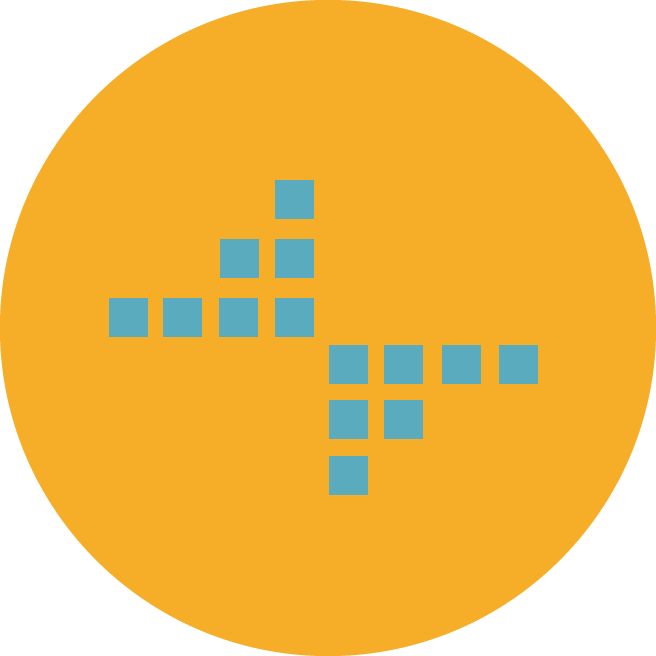
The Future of Vaccines: Market Trends, Challenges, and Opportunities

Summary
The global vaccines market has witnessed unprecedented growth in recent years, driven by technological advancements, rising disease prevalence, and increased government initiatives.- Author Company: Ameco Research
- Author Name: Prashant
- Author Email: prashant@acumenresearchandconsulting.com
- Author Telephone: +918983225533
- Author Website: https://www.amecoresearch.com/
Introduction
The global vaccines market has witnessed unprecedented growth in recent years, driven by technological advancements, rising disease prevalence, and increased government initiatives. Vaccines play a critical role in preventing infectious diseases, reducing healthcare costs, and improving public health outcomes. With the COVID-19 pandemic accelerating vaccine development and distribution, the industry is evolving rapidly. This article explores the current state of the vaccines market, key trends, challenges, and future opportunities.
Market Overview
The vaccines market has expanded significantly, with a valuation exceeding $50 billion in 2023 and projected to grow at a CAGR of 7-9% over the next decade. Factors such as increasing immunization programs, rising awareness of preventive healthcare, and the introduction of novel vaccines contribute to this growth.
Key Segments in the Vaccines Market
The market is segmented by type, technology, disease indication, and distribution channel.
- By Type:
- Prophylactic Vaccines(preventive) dominate the market, targeting diseases like influenza, HPV, and COVID-19.
- Therapeutic Vaccines(treatment-based) are emerging, particularly for cancer and chronic infections.
- By Technology:
- Live-attenuated vaccines(measles, mumps, rubella)
- Inactivated vaccines(polio, hepatitis A)
- Subunit, recombinant, and conjugate vaccines(HPV, hepatitis B)
- mRNA vaccines(COVID-19, potential for other diseases)
- By Disease Indication:
- Infectious diseases(influenza, pneumococcal, meningococcal)
- Non-infectious diseases(cancer, Alzheimer’s)
- By Distribution Channel:
- Hospitals & clinics
- Retail pharmacies
- Government immunization programs
Key Market Trends
1. mRNA Technology Revolutionizing Vaccine Development
The success of mRNA-based COVID-19 vaccines (Pfizer-BioNTech, Moderna) has opened new possibilities for treating other diseases, including HIV, Zika, and cancer. This technology allows faster development and scalability compared to traditional methods.
2. Increasing Focus on Adult and Geriatric Vaccination
While pediatric vaccines remain crucial, adult immunization is gaining traction due to aging populations and rising chronic diseases. Vaccines for shingles, pneumococcal disease, and influenza are in high demand.
3. Expansion in Emerging Markets
Developing countries are witnessing increased vaccine adoption due to government initiatives (Gavi, WHO), improving healthcare infrastructure, and rising awareness. India, China, and Brazil are key growth markets.
4. Personalized and Therapeutic Vaccines
Advancements in genomics and biotechnology are enabling personalized cancer vaccines, targeting individual tumor profiles. Companies like BioNTech and Moderna are investing heavily in this space.
5. Combating Vaccine Hesitancy
Misinformation and distrust in vaccines remain significant barriers. Public health campaigns and digital education are essential to improving vaccination rates globally.
Challenges in the Vaccines Market
1. High Development Costs and Long Timelines
Vaccine R&D requires substantial investment (often $1 billion+ per vaccine) and takes 10-15 years from discovery to market approval. Regulatory hurdles further complicate the process.
2. Cold Chain Logistics and Distribution Issues
Many vaccines, especially mRNA-based ones, require ultra-cold storage (-70°C), posing challenges in low-resource regions. Improving supply chain infrastructure is critical.
3. Regulatory and Safety Concerns
Strict regulatory approvals (FDA, EMA) ensure safety but delay market entry. Post-marketing surveillance is essential to monitor adverse effects.
4. Intellectual Property and Access Disparities
While high-income countries secure vaccine supplies early, low-income nations face shortages. Initiatives like COVAX aim to bridge this gap, but equitable distribution remains a challenge.
Future Opportunities
1. Universal Vaccines
Research is underway for universal flu and coronavirus vaccines, eliminating the need for annual updates. This could revolutionize preventive care.
2. AI and Big Data in Vaccine Development
Artificial intelligence accelerates antigen discovery, clinical trials, and adverse effect monitoring, reducing costs and time-to-market.
3. Self-Amplifying RNA (saRNA) Vaccines
An evolution of mRNA vaccines, saRNA offers longer-lasting immunity with lower doses, potentially improving accessibility.
4. Expansion into Non-Infectious Diseases
Vaccines for Alzheimer’s, hypertension, and diabetes are in early-stage trials, presenting a multi-billion-dollar opportunity.
5. Public-Private Partnerships
Collaborations between governments, NGOs, and pharma companies (e.g., Gavi, CEPI) enhance funding, research, and global immunization efforts.
Conclusion
The vaccines market is at a transformative stage, driven by innovation, rising demand, and global health priorities. While challenges like high costs, logistics, and hesitancy persist, advancements in mRNA technology, AI-driven R&D, and equitable distribution strategies offer promising solutions. As the industry evolves, stakeholders must prioritize accessibility, affordability, and public trust to ensure vaccines continue saving millions of lives worldwide.
View source for more information: https://www.amecoresearch.com/market-report/vaccines-market-277122
